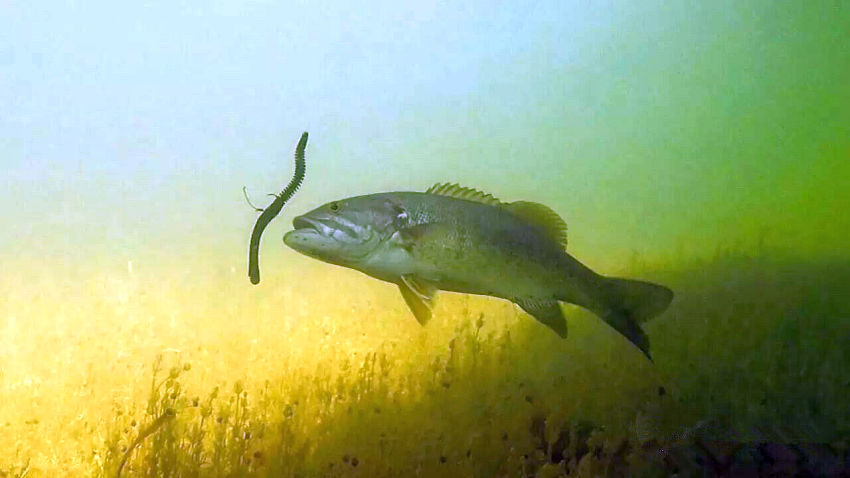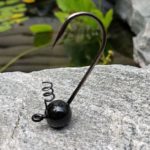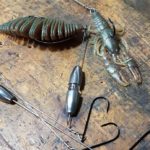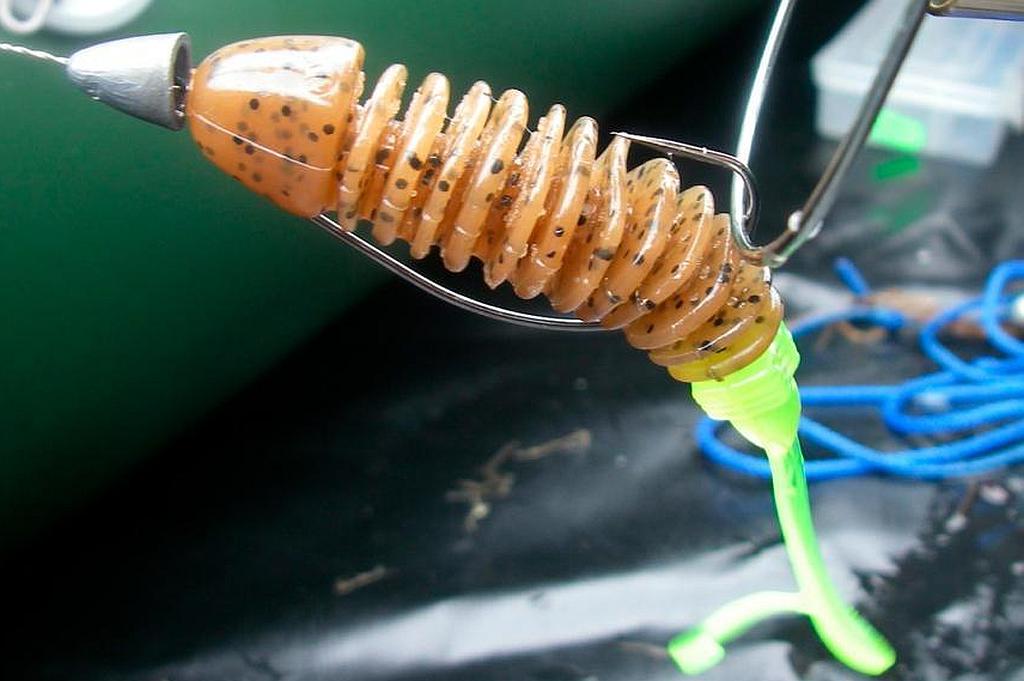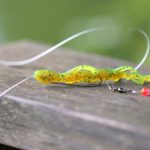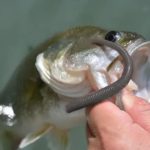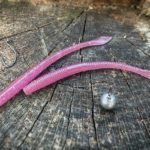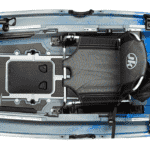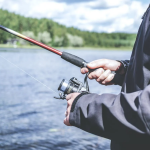Few finesse rigs can out-simplify the Shaky Head Rig. In this article we’ll look at this extremely popular rig, how to set it up, and how to fish it.
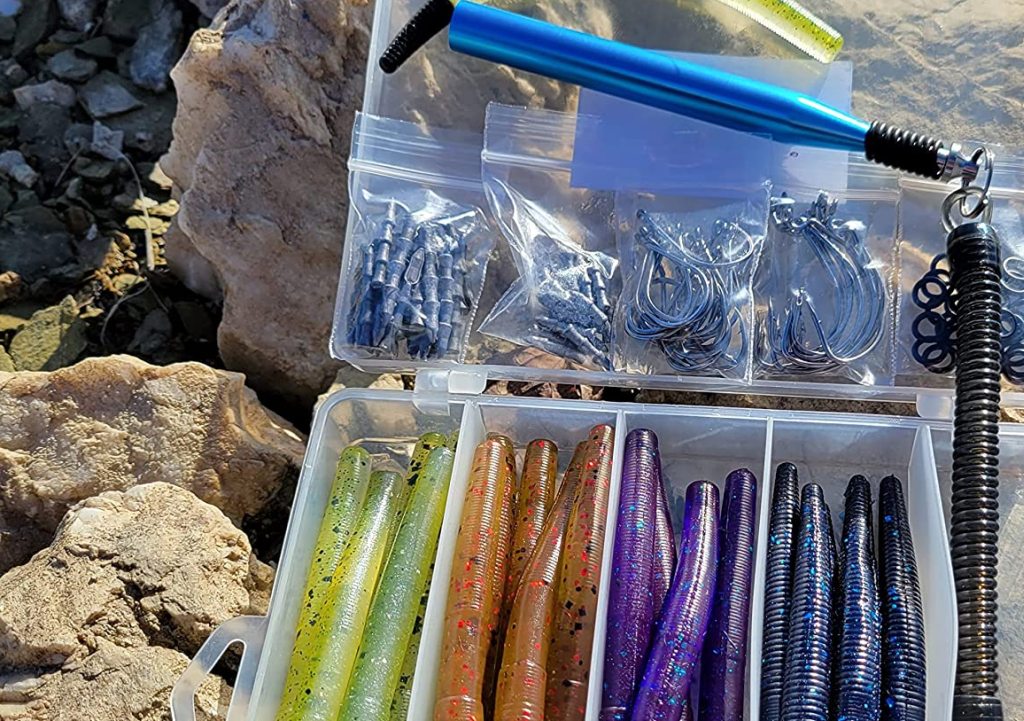
This is our comprehensive guide to setting up and fishing the Neko Rig.
One of the newer rigs in the world of bass fishing, the Neko rig has become very popular in recent years. A variation of the tried and true Wacky Rig, the Neko Rig is a fantastic option to target picky bass in tough conditions.
In this article, we’ll take an in-depth look at the Neko Rig, how to set it up, and most importantly, how to fish it.
As an affiliate of Amazon and other retailers, we may earn a small commission when you buy via our links, at no additional cost to you. Thank you!
What Is a Neko Rig?
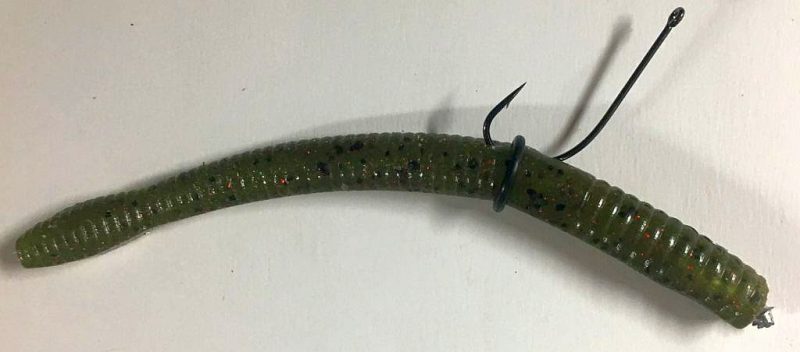
In its most basic form, the Neko Rig is a variation of the wacky rig that includes a nail weight at one end of the wacky worm.
This simple change allows the worm to stand up on one end and helps get the bait down to deep water much faster.
There are several styles of hooks and weights that can be added to this rig to tailor it to exactly what you want.
Why Use a Neko Rig?
When the fishing gets tough, many bass anglers find themselves throwing finesse rigs such as the wacky worm. But what if you’re targeting fish down deep or are looking for something a little different in a rig?
This is where the Neko Rig shines. The added weight not only gets baits down to where the fish are, but its unique design allows the weighted end to fall faster.
Many bites occur on this faster drop and it can prove to be a great way to catch bass.
Parts of a Neko Rig
Compared to other rigs, the Neko Rig is relatively simple to set up. The components of the rig include hooks, plastics, weights, and the optional O-ring.
Hooks
Hook choice should come down to what sort of waters you’re trying to fish. Your basic straight shank hook will work just fine if fishing in areas with little to no cover.
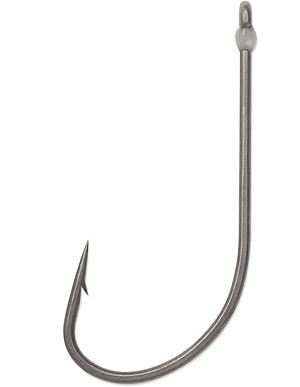
Wacky hooks or Neko hooks are very popular options for these rigs as the unique bend improves hook ups. My personal favorite is the VMC Redline Series Wacky Neko Hook, which is great for both Neko rigs and traditional wacky rigs.
If you’re fishing heavily weeded areas or grassy bottoms, consider using a hook with a weed guard.
Since your soft plastics will be on the bottom, this is an excellent way to keep grass and weeds from tangling up the rig.
As with any rigging, be sure to match your hook size to the lure size. Though manufacturers offer Neko rig hooks ranging from size 6 all the way to size 2/0, I prefer to stick with sizes 2-1.
It’s important to remember this is a technique to be used with picky fish. A massive hook might not be the best bet.
Soft Plastics
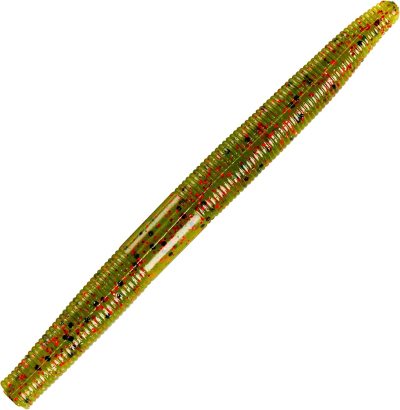
The most commonly used baits for a Neko Rig are worms. Straight tail, stick bait, straight worms, and wacky worm styles all work well with this rig. Personally, I like to stick with 5”-6” sizes for these baits.
Popular options for these soft plastic worms include:
Weights
Weights are probably the most important piece of a Neko Rig. It is, after all, what truly separates it from a wacky rig.
Keep in mind that the weight insert size will result in different rates of fall for your bait. Most Neko weights range from 1/32 to ⅛ oz depending on how fast you want the bait to drop.
There are a few different popular options to consider when selecting a weight.
Nail weights
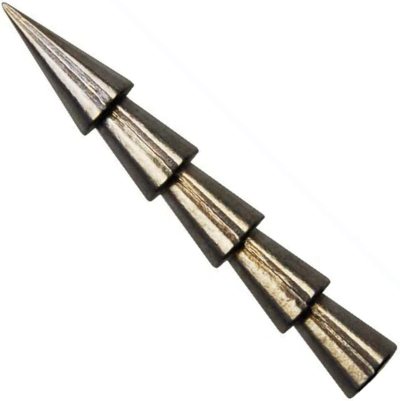
A nail weight is probably the most common style for Neko rigs. You can easily insert these into the nose of the worm and with tungsten options readily available, the speed of the fall can be adjusted.
Screw weights
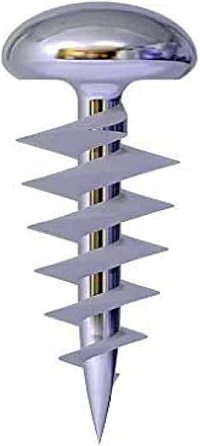
As their name suggests, this style of weight is screwed into one end of the worm. Arguably it’s a better hold than a nail weight in the body of various baits thanks to it being physically screwed in.
Many anglers make a quick trip to the hardware store and simply buy some small screws. Though these aren’t made out of lead or tungsten, they’re cheap and can provide a slower rate of fall.
“Mushroom” Weights
This style of weight provides an actual weighted head to the worm that sticks out of the body. The weight then acts like a jig head and is ideal for quickly getting the worm to the bottom.

Styles like the Z-Man Neko Shroomz Wacky Rig Nose Weight are very popular.
O-Rings?
If you’ve ever fished wacky style before, you’re probably already familiar with O-rings. Some anglers love them while others prefer to go without. The O-ring is slipped onto the worm and the hook point is threaded underneath the ring.

These can help extend the life of your soft plastics but do require an extra step while rigging. The O-ring tool really comes in handy if you prefer to fish this way.
How to Set Up a Neko Rig
To rig the Neko Rig, start by tying your straight shank or wacky hook onto the line. If using O-rings, go ahead and slide an O-ring onto the body of the soft plastic worm.
Next, insert the weight of choice into the nose of the stick bait. If using nail weights, be sure to insert it all the way flush with the worm in order to hide it.
Now simply slide the hook point under the O-ring or directly into the body to finish rigging the Neko Rig.
Though you can hook these into the middle of the soft plastic, consider how this might look underwater with the added weight.
I prefer to hook the bait about ⅓ of the way up from the nose. This gives the bait a little more backbone and allows for a better presentation while working it across the bottom.
Which Rod, Reel, and Line Is Best for Neko Rigs?
Though both spinning gear and baitcasting gear can work for fishing a Neko Rig, spinning rods tend to be more popular due to their sensitivity and the ability to quickly drop the bait back to the bottom.
Rod Selection
Since this is a finesse technique, choosing a rod with a sensitive tip is key. I like to use a rod anywhere between 7’-7’6”, medium power, with a fast or extra fast tip.
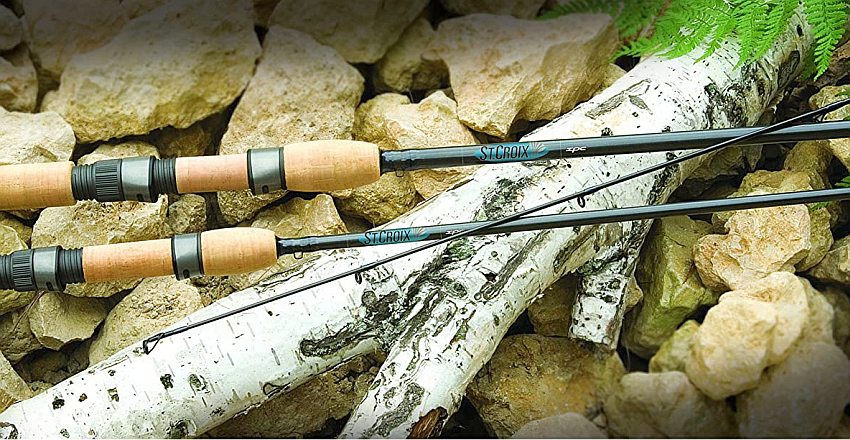
A favorite of mine for this method of fishing is the St. Croix Avid Series, 7’ medium, fast.
Reel Choice
Don’t overcomplicate it here. As always, match your reel to the rod. For this, any size 2500 spinning reel should suffice.
Line Choice
Line selection for Neko fishing really comes down to two options: Braid or Fluorocarbon.
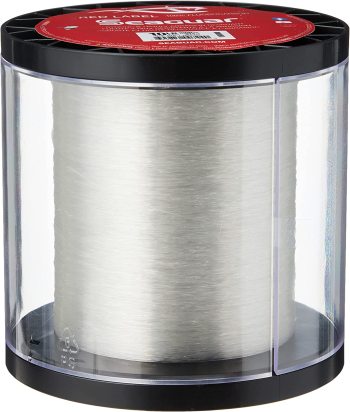
If you’re fishing clear water, Fluorocarbon is the clear winner. Bass will be spooky and Fluorocarbon’s invisibility underwater will mean more bites and better fishing. Also, since fluorocarbon naturally sinks, it’s a great option to get your rig to the bottom even faster.
When the water is a little dirtier or you find yourself fishing thick cover, a braided mainline is the way to go. Its lack of stretch means that you can feel every bite, even when the soft plastic is falling.
Remember that you can easily make the best of both worlds by simply having mainline braid with a fluorocarbon leader at the end of the line.
For fluorocarbon, I’m a big fan of Seaguar Red Label in 8lb. For braid, I stick with Power Pro V2 Super Slick in 15lb.
How to Fish a Neko Rig
When bass fishing a Neko Rig, I like to start by focusing on some of the deeper areas. Ledges, holes, and even deep docks are great areas to use this rig.
With my stick bait or straight tail of choice tied on, I’ll begin with a cast to the far side of the deep area. Without even flipping the bail, I’ll slack line the bait and let it fall to the bottom.
A lot of bass are caught while the bait is descending, so watch the line carefully to notice a bite.
Once it’s on the bottom, I like to give the worm small pops with the rod tip and retrieve in between pops. This makes the worm give short hops or little bounces along the bottom.
It’s important to keep the bait on the bottom. This lets the weighted end stir up sediment and makes the bait look more realistic.
As the rig works its way downslope, into deeper water, remember to occasionally open the spool to ensure contact with the bottom.
If I notice I’m not catching bass, I’ll begin switching up colors on my plastics, followed by changing weight size. At some point, you’ll find the right rate of descent and color pattern.
When to Fish a Neko Rig
Honestly, there isn’t a wrong time to throw the Neko rig. With that said, however, it’s really fished best when the bass fishing gets tough.
Be it cold winter days, or super clear and hot, the Neko rig presents baits to picky fish in a unique and effective way.
FAQ
The biggest difference between a Wacky rig and a Neko rig is the weight added on a Neko rig. This allows the bait to be fished nose down along the bottom and lets it sink faster.
It’s a simple rig so all you need is a hook, plastic worm, weight insert, and the optional O-ring.
Absolutely! The Neko rig is known for being a finesse bass fishing technique that can catch fish in almost all conditions. It’s popular for both largemouth and smallmouth bass.
